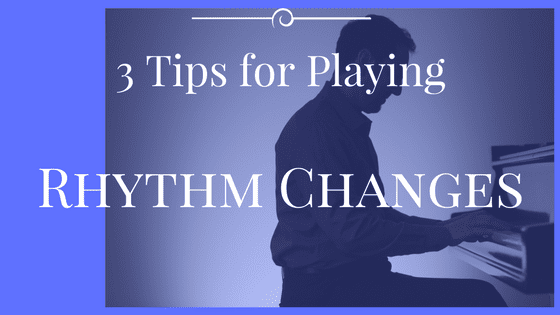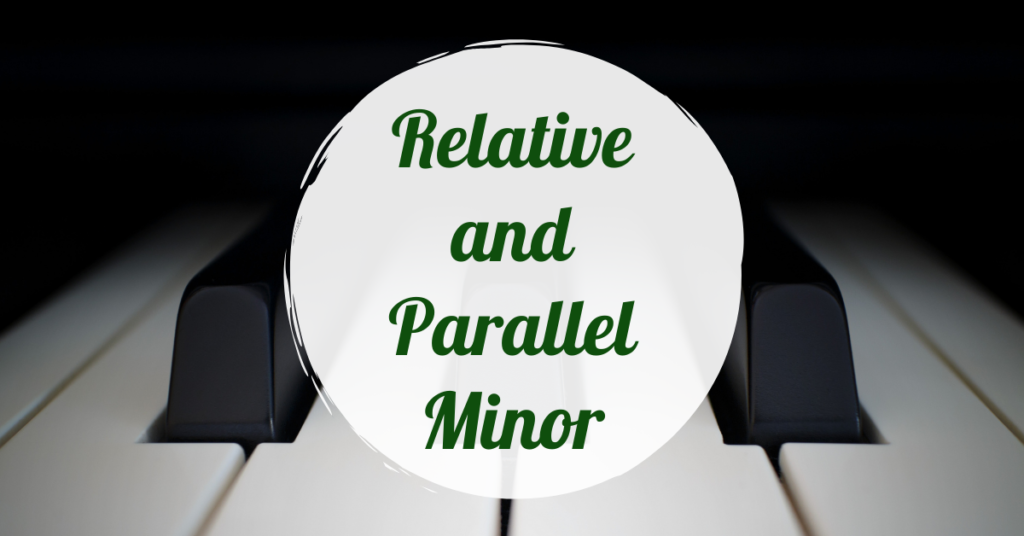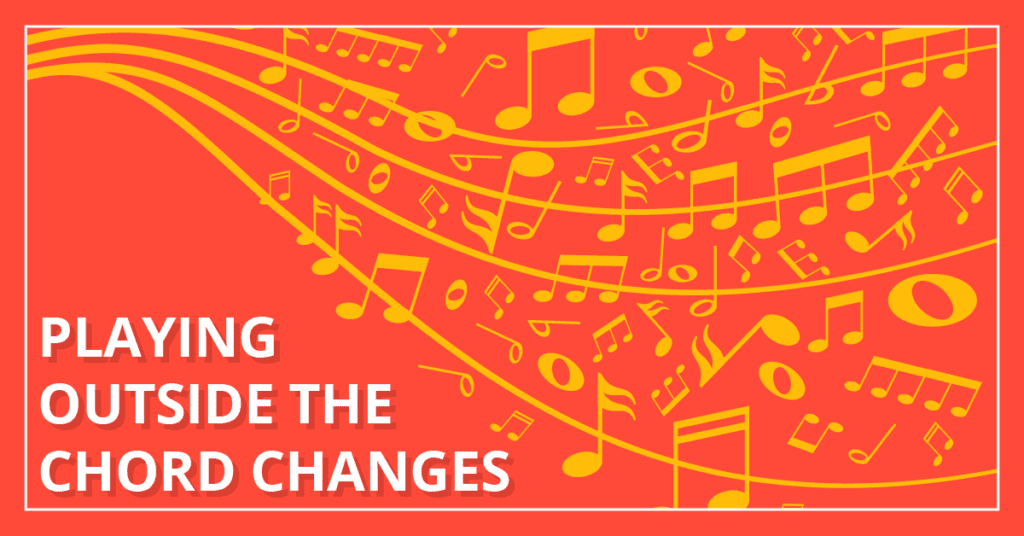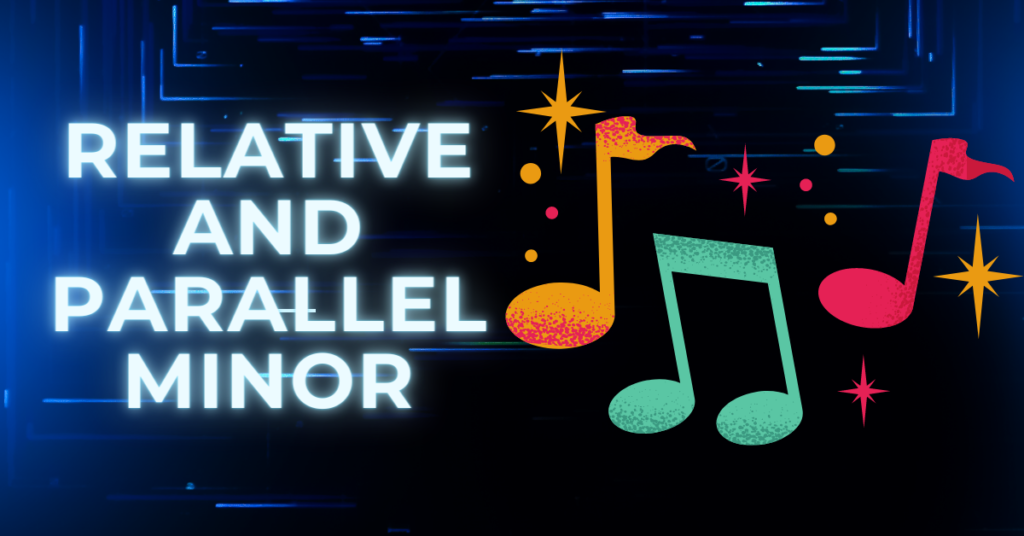3 Tips for Playing “Rhythm Changes”
In this article I’ll present 3 tips for playing “Rhythm Changes.” What are “rhythm changes,” you ask? The expression “rhythm changes” in jazz-speak refers to the chord changes that were used in Gershwin’s classic Broadway hit “I Got Rhythm.” The catchy, jazzy chord progression has been used by many other jazz artists who write their…





